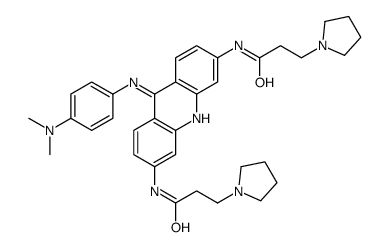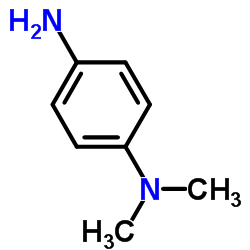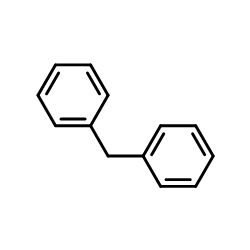| Description |
Braco-19 is a potent telomerase/telomere inhibitor, preventing the capping and catalytic action of telomerase. Braco-19 acts as G-quadruplex (GQ) binding ligand, stabilizing G-quadruplexes formation at the 3V telomeric DNA overhang and produce rapid senescence or selective cell death. Braco-19 is also a HAdV virus replication inhibitor[1][2].
|
| Related Catalog |
|
| Target |
IC50: telomerase/telomere[1]
|
| In Vitro |
Braco-19, as a well-known GQ binding ligand, interacts specifically with the HAdV GQs and increases their stability, and blocks the HAdV multiplication[2]. BRACO-19 (1.0-10 μM; 5 day) cause zero growth inhibition is found 1 μM, the IC50 for BRACO-19 in UXF1138L cells is 2.5 μM, the IC100 is 5 μM[1]. BRACO-19 (1 μM; 24 hours) shows dramatically reduced nuclear hTERT expression. However, residual cytoplasmic hTERT staining is observed accompanied by the occurrence of atypical mitoses[1]. BRACO-19 (0-40 μM; 24 hours) decreases the AdV virus growth in a dose-dependent manner in eGFP-transinfected HEK 293 cells[2]. BRACO-19 (0-150 μM; 24 hours) shows a decrease in band intensity in an increasing concentration-dependent manner[2]. Cell Viability Assay[1] Cell Line: HEK 293 cells Concentration: 20 μM; 40 μM Incubation Time: 24 hours Result: Displayed low cytotoxicity and decreased the eGFP fluorescence.
|
| In Vivo |
BRACO-19 (oral administration or intraperitoneal injection; 2 or 5 mg/kg; 3 weeks) oral dosing regimen are always inactive and the animals have to be sacrificed due to high tumor burden before overall termination of the study, Chronic, i.p. BRACO-19 administration, qdx5 is efficient in inhibiting tumor growth in earlystage xenografts but not advanced-stage xenografts[1]. BRACO-19 (intraperitoneal injection; 2 mg/kg; 3 weeks; starting 6 days after transplantation of UXF1138LX fragments) inhibits tumor growth significantly and under these conditions, marked single-agent antitumor activity is observed, with some animals in the group showing complete regressions (5 of 12 tumors)[1]. Animal Model: Established UXF1138LX Xenografts in nude mice[1] Dosage: 2 mg/kg Administration: Intraperitoneal injection; 3 weeks; starting 6 days after transplantation of UXF1138LX fragments Result: Showed partial tumor regressions with an optimal T/C on day 28 of 4.1%, equal to 95.9% inhibition of tumor growth compared with control.
|
| References |
[1]. Angelika M Burger, et al. The G-quadruplex-interactive Molecule BRACO-19 Inhibits Tumor Growth, Consistent With Telomere Targeting and Interference With Telomerase Function. Cancer Res. 2005 Feb 15;65(4):1489-96. [2]. Prativa Majee, et al. Genome-wide Analysis Reveals a Regulatory Role for G-quadruplexes During Adenovirus Multiplication. Virus Res. . 2020 Jul
|


![N-[9-chloro-6-(3-pyrrolidin-1-yl-propionylamino)-acridin-3-yl]-3-pyrrolidin-1-yl-propionoamide structure](https://image.chemsrc.com/caspic/044/351351-79-6.png)
![3,6-bis-[3-pyrrolidinopropionamide]-9-acridone structure](https://image.chemsrc.com/caspic/082/351351-78-5.png)




![3-chloro-N-[6-(3-chloro-propionylamino)-9-oxo-4a,9,9a,10-tetrahydro-acridin-3-yl]-propionamide structure](https://image.chemsrc.com/caspic/120/351351-77-4.png)